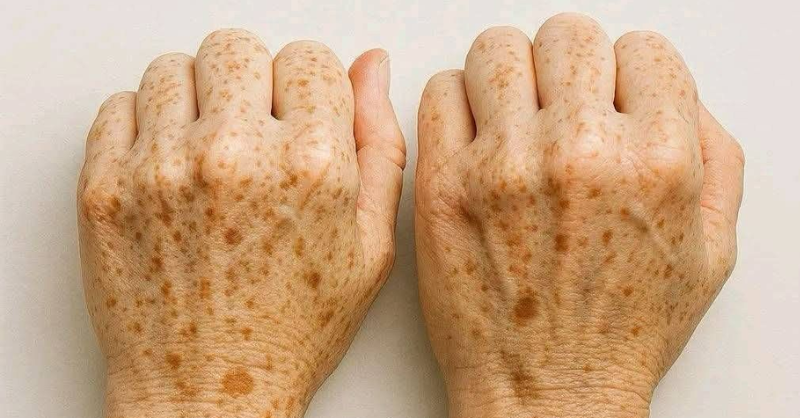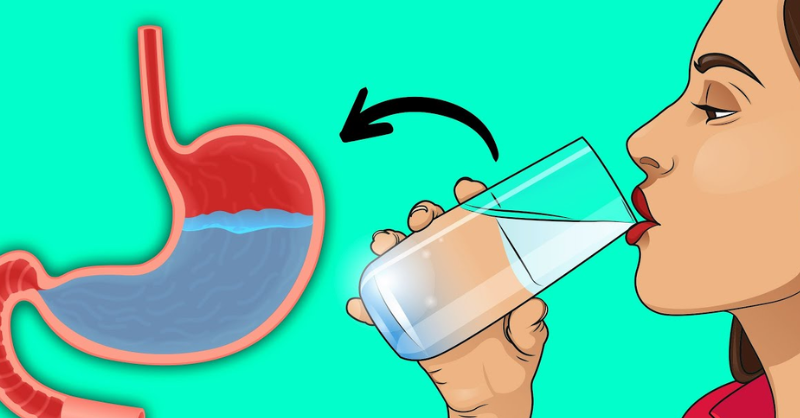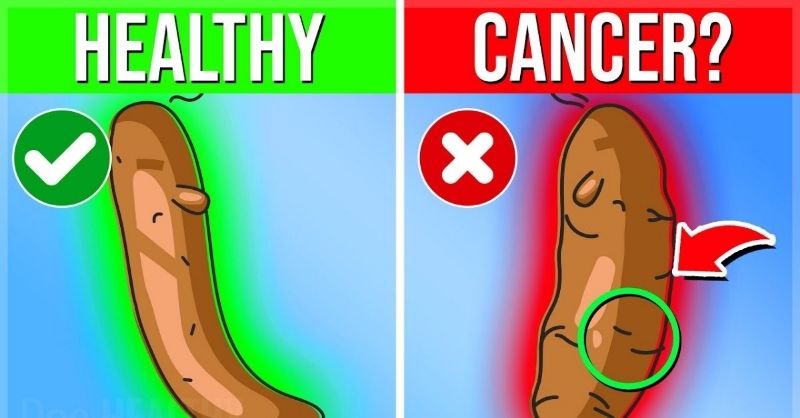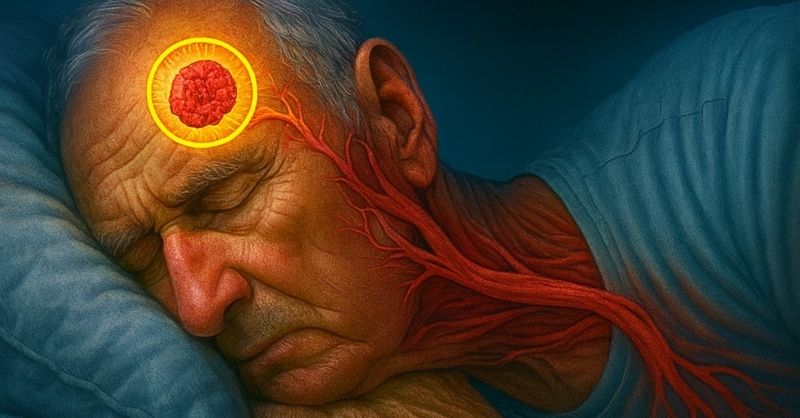
You’re checking your blood pressure monitor and notice something strange: the top number looks fine, but the “bottom” number stubbornly stays above 90 mmHg.
This condition, known as isolated diastolic hypertension, is a red flag. It signals potential problems with the heart and blood vessels that should never be ignored.
Let’s break down five key causes you need to understand to protect your health—along with steps to improve your quality of life.
What the “Bottom” Number Means and Why It Matters
The “bottom” number is the diastolic pressure, measured when the heart relaxes and fills with blood. Normal levels are up to 90 mmHg. When it’s higher, the heart doesn’t get enough rest, which limits oxygen and nutrients to the body. This can lead to fatigue, swelling, or shortness of breath.
Understanding this helps you catch problems early and take action.

Five Causes You Shouldn’t Overlook
1. Kidney Artery Problems
Narrowing of the arteries that supply the kidneys disrupts blood flow and raises diastolic pressure. An ultrasound of the kidneys and renal arteries can uncover this hidden issue. Without testing, serious conditions may go unnoticed.
2. Heart Valve Disorders
Aortic valve stenosis blocks normal blood flow, forcing the heart to overwork—reflected in higher diastolic readings. Echocardiography (ECHO) is the main tool for spotting this condition, which requires medical supervision.
3. Rapid Heart Rhythms
Tachycardia or tachyarrhythmia makes the heart beat too fast, preventing it from fully relaxing. This directly impacts the “bottom” number. An electrocardiogram (ECG) helps detect these abnormalities. Ignoring them can have serious consequences.
4. Heart Failure
When the heart can’t pump efficiently, diastolic pressure climbs. Symptoms include weakness, leg swelling, and shortness of breath. ECHO can reveal this condition, which often worsens without early diagnosis.
5. Measurement Errors or a Faulty Monitor
Sometimes high diastolic readings are due to user error. The cuff might be misapplied, or measurements may be taken right after eating or during stress. Always check your device and measure three times at 2–3 minute intervals, sitting calmly with your arm at heart level.
Lifestyle’s Role in Diastolic Pressure
In about 95% of cases, high diastolic pressure is tied to daily habits. Lack of exercise, excess weight, poor sleep, and chronic stress all put extra strain on the heart.
Stress is especially damaging—it raises cortisol, a hormone that wears down blood vessels. Even something as simple as daily walks improves circulation and eases the burden on the heart.
Why Stress Matters So Much
The subconscious regulates hormones through the hypothalamus and pituitary gland. Chronic stress increases cortisol production, disrupting balance and harming the heart.
Breathing exercises or walking can ease tension and support health. Relaxation techniques reset hormone levels, reducing cortisol while boosting dopamine, serotonin, and oxytocin.

How to Improve Quality of Life: Extra Tips
Sleep control: Poor sleep or sleep apnea prevents the body from recovering. Aim for 7–8 hours a night to keep the heart strong.
Cut harmful habits: Smoking and alcohol intensify stress and blood pressure. Gradually reducing them improves overall health.
Work with the subconscious: Meditation or breathing practices help manage stress and provide long-term support for well-being.
Regular check-ups: If you’re at risk, schedule an ECG, ECHO, and kidney ultrasound once a year to monitor your condition.
What to Do and When to See a Doctor
Start simple: check your monitor, walk for 30 minutes daily, eat less salt, and add more vegetables. If you notice swelling, weakness, or shortness of breath, see a doctor. ECG, ECHO, and kidney ultrasounds can help identify the cause. Don’t delay—your health is worth it.
Important: This article is for informational purposes only. For specific concerns, always consult a healthcare professional.




